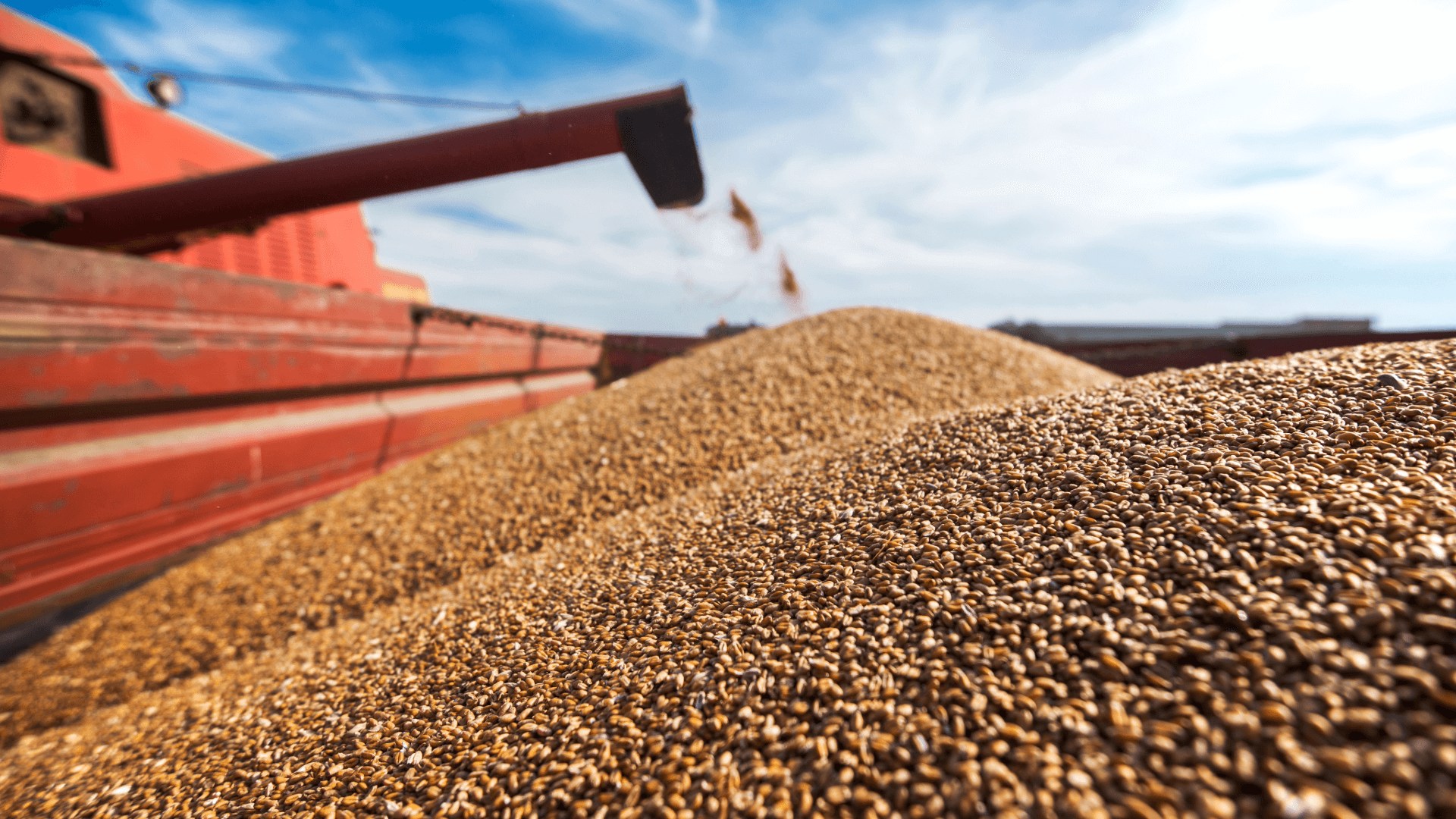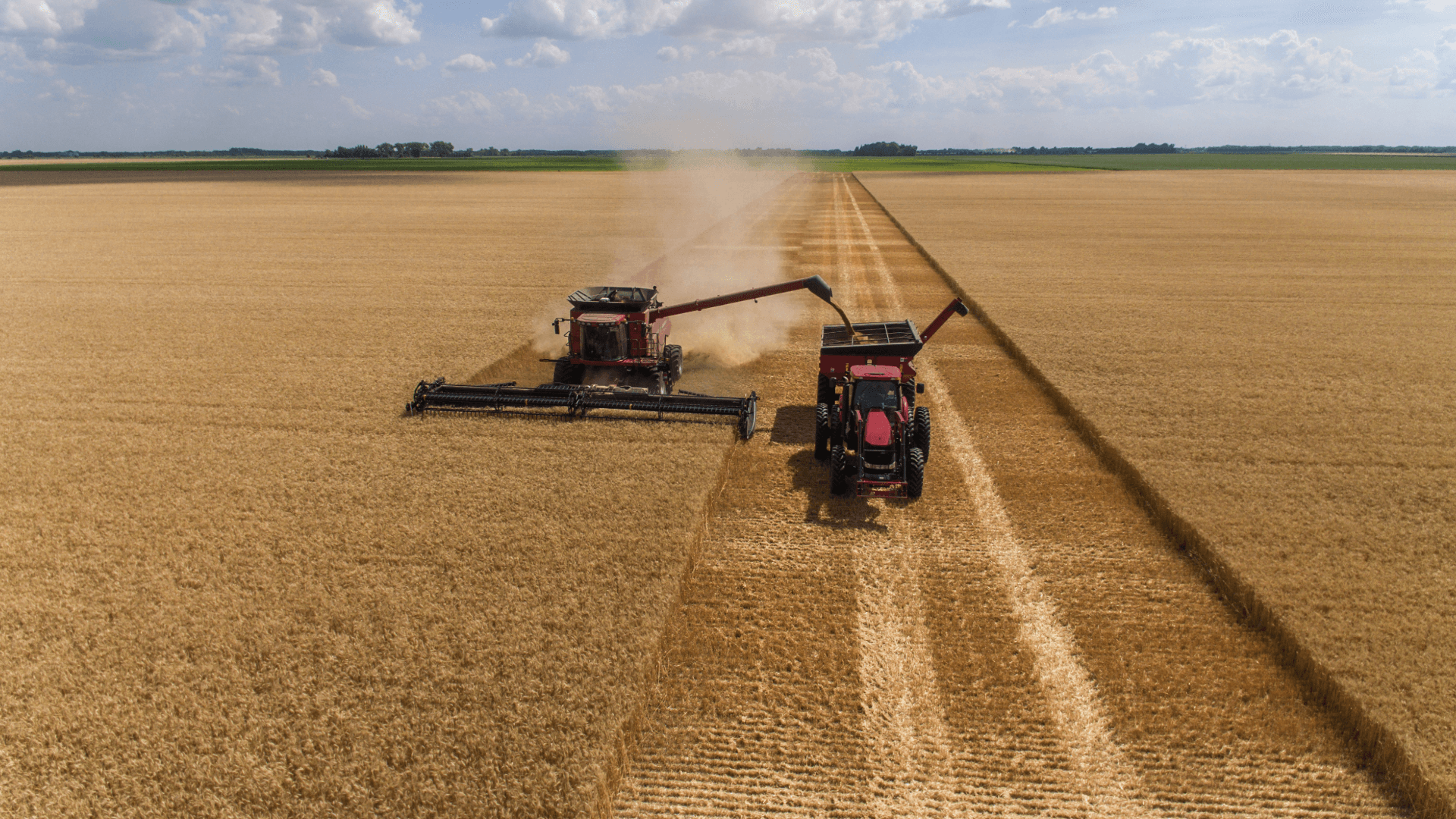Wheat Market Update: Impact on the UK Wheat Market
Posted by Emily on 17th Jul 2024 Reading Time:
The recent developments in the global wheat market have significant implications for the UK. This report focuses on how these changes, particularly regarding wheat quality, could impact the UK wheat market, outlining key factors influencing these trends and providing insights into potential outcomes.

UK Market Focus
Planting Survey and Weather Impact
The Agricultural and Horticultural Development Board (AHDB) has released its 2024 Planting and Variety Survey, providing valuable insights into the UK wheat market:
Planted Crop Areas:
The survey indicates a 9% year-on-year drop in the UK wheat area, less severe than the previously estimated 15% drop but still significant. This reduction marks the second-smallest wheat area since 1981.
Varietal Distribution:
Group 1 wheat varieties, crucial for breadmaking, account for 24% of the planted area, consistent with last year’s figures, indicating a stable outlook for high-quality wheat.
The decline in Group 3 varieties continues, now representing only 2% of the wheat area, down from 4% in 2023.
Weather and Harvest Outlook
Despite some spells of much-needed sunshine, frequent rains have returned, resulting in an unsettled weather outlook. Current conditions suggest a delayed harvest, likely towards the end of August or early September, with fields in Essex still not ready for harvesting.
Yield and Quality Forecast:
Strategie Grains forecasts a UK crop of 10.45 million tonnes. The quality of the harvest will be critical, especially for bread making wheat, as additional sunshine is required to optimise yields.
Market Activity:
The physical market remains sluggish, with limited buyers for old crop and few sellers for the new crop at current price levels.

Impact on the UK Wheat Market
The focus on wheat quality, particularly for breadmaking, is paramount for the UK market. The stable percentage of Group 1 varieties indicates that the UK can maintain its quality standards despite a reduction in the overall wheat area. However, the following factors will be crucial:
Weather Conditions:
Continued unsettled weather could impact the final quality of the wheat, especially if additional sunshine does not materialise in the coming weeks.
Harvest Timing:
A delayed harvest could affect the timing and availability of high-quality wheat, potentially leading to supply disruptions.

What's happening elsewhere?
Recent developments in the global wheat market have seen US Winter wheat production estimates rise as the harvest progresses quickly. In contrast, US Spring wheat conditions have improved significantly, with 75% of the crop rated as good or excellent compared to 47% last year. The USDA's latest WASDE report increased world wheat ending stocks to 257 million tonnes, adding bearish sentiment to the market. Additionally, upward revisions of the Russian crop due to favourable weather and better-than-expected early harvest yields have further pressured prices. In Europe, unseasonal high rainfall in Northern regions continues to pose risks to crop quality and future production.
The bearish global market, driven by increased US and Russian production, may impact the price dynamics in the UK, but the primary concern remains the quality of the wheat produced.
Conclusion: The UK wheat market faces challenges with a reduced wheat area and unsettled weather conditions, potentially impacting the quality of the harvest. Maintaining a focus on high-quality breadmaking wheat is essential to mitigate these challenges. Stakeholders must monitor weather patterns closely and prepare for a potentially delayed harvest to ensure the supply of premium wheat meets demand.
By understanding these trends and their potential impacts, UK wheat market participants can strategically navigate the current landscape and maintain a focus on quality amidst market fluctuations.

